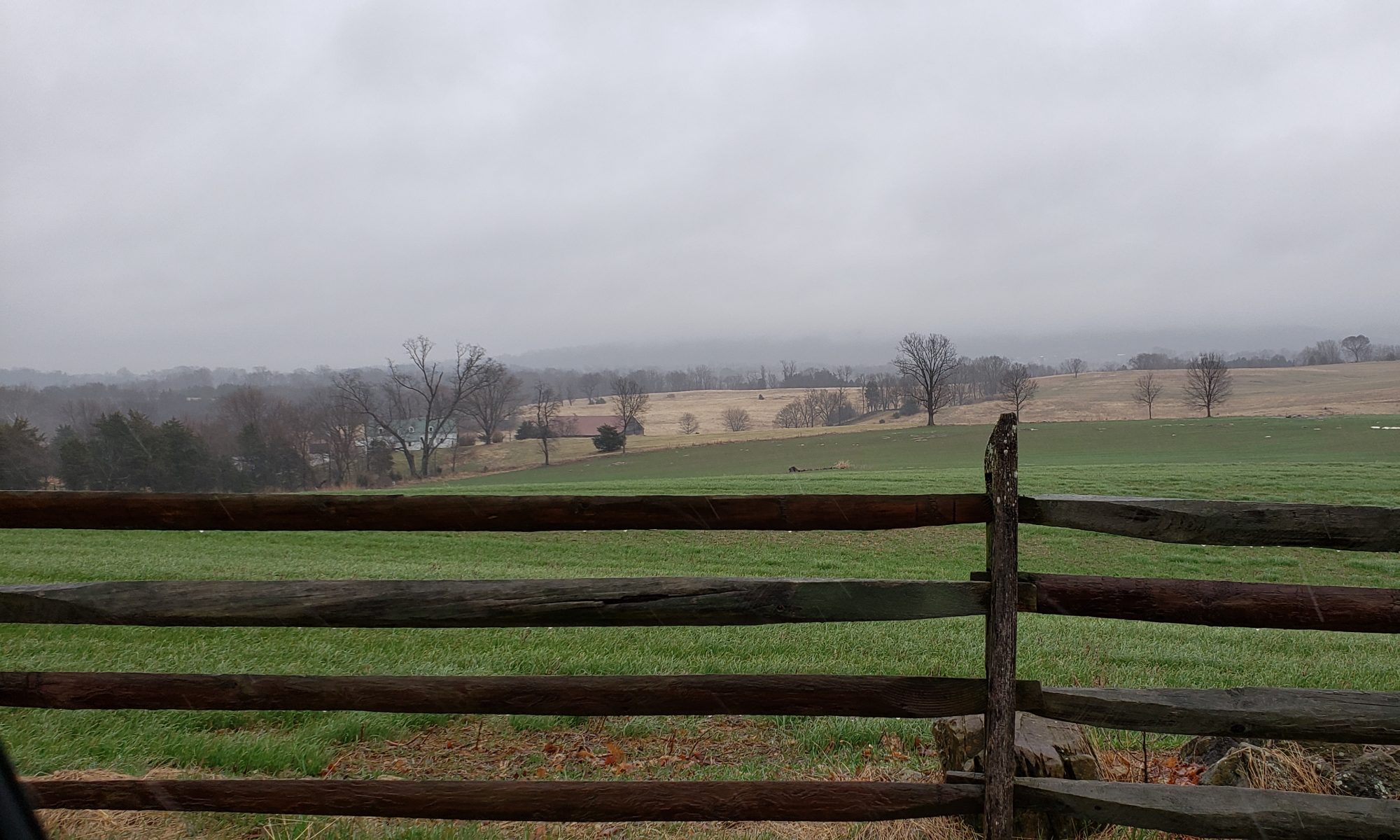For Thursday, Professor Walters has us using open source network analysis tools and using one, Palladio, a Stanford University product, on a project of ours. The project I’m using is an aspect of the book I’ve been working on and addressing a question therein.
For a good part of my adult life, I’ve been slowly working on a biography and publication of the letters of Captain Edward Patrick Brownson (1843-1864) At 20 years of age, Captain Brownson was mortally wounded while leading a counterattack of the 12th New Jersey at the Second Battle of Ream’s Station, Virginia. That battle was a defeat for the Union and came at the nadir of Union fortunes in the Civil War. Since May 1864, Grant had taken massive casualties in the Overland Campaign and was stalemated outside Petersburg. Sherman had so far failed to take Atlanta. Lincoln planned on not being re-elected.
In reviewing the loss at Reams Station, one is struck by the blame placed in the official reports and unit histories on bounty men and foreign conscripts, mostly Germans for the loss. At the culminating point in the final mass attack by the Confederates, Union units that contained bounty and foreign troops broke which led to 140 killed, 529 wounded, and 2073 captured or missing Union soldiers (See Official Records XLII, Part1, Pg129-133, Table1). When I doing research in the National Archives as part of was studying the battle in a military geography course recently, I came across the Confederate list of Union enlisted prisoners captured at Reams Station. The Confederates recorded name, rank, unit, and significantly for this discussion, the place of birth of the Union enlisted prisoners. The list contains xxx names. So far, I’ve transcribed about 310 of them. Even though not complete, I’ve used the list to see how the place of birth related to the units captured. Does the network analysis support the official reports that the Germans were basically responsible for the loss?
To be able to use the Confederate list of Union prisoners in Palladio, I’ve used the Excel spreadsheet that has the 310 transcribed so far and added to the list the geographic coordinates at the country level of where the prisoner was born, and where the regiment the prisoner was part of was formed. To the record, I added the brigade and division membership of the regiment. The Division and brigade are significant because although the 1st Division troops broke and enabled the Confederates to break into the Union fortification, it was the lackluster performance of 2nd Division troops that is blamed for allowing the Confederate to exploit the breakthrough.
After putting the data into Palladio, I first mapped the prisoners by where they were born. See Figure 1. At 203, there are far more prisoners born in the USA than anywhere else. There are only 25 Germans (25), and the Irish at 49 are the next largest group after those born in the USA. A caveat, this is still a partial data set, and the randomness of it is unknown. It may be a skewed sample and not representative of the full list of prisoners. But if it is at all representative, then it doesn’t begin to support the idea that the loss was due to the Germans. The size of the rest of the Foreign-born soldiers, although interesting as to location, Chile, Russia, etc., is not large enough even in aggregate to impact the course of the battle.

Figure 1: Birthplace of Union Prisoners
Another visualization from Palladio maps the number of captured soldiers by the State Regiment they were from. I added the Regiment’s Brigade and Division assignment. See Figure 2. In Figure 2, the 36th Wisconsin from the 1st Division has the largest number captured by a factor of 2. The next largest in order are all from the 2nd Division, the 164th NY, 8th NY, and 20th MA (the Harvard Regiment. This leads one to ask what was the composition of the Foreign-born by Division.

Figure 3 shows the contribution of the Foreign-born to Division in a network graph. What immediately stands out is the smaller number of 1st Division soldiers captured. The graph also shows that some countries are unique to Division, for example, Chile and Switzerland are only found in the 1st Division while Norway and others are found only in the 2nd Division. The 2nd Division has more Foreign-born than the 1st Division. However, the largest number of Foreign-born, the Irish and the Germans contribute to both Divisions. The birthplace contribution and uniqueness by Division is perhaps more easily seen in a table distribution, which is shown in Table 1 below.


In summary, the preceding visualizations from Palladio assuming the representativeness of the sample shows that the contribution of the Foreign-born to the Union loss at Reams Station in 1864 was not significant. In other words, the Foreign-born were probably used as scapegoats for the failure. An easy explanation. Other factors, heat exhaustion, poor placement of units within an inadequate fortification, a limited number of artillery units along due to muddy roads, and ultimately poor decision-making on the part of the Commanders who got to write the report. This type of analysis can be used to create views that are harder to see when just crunching numbers or reading tables. If one could geocode the placement of the units within the Reams Station fortification, and add that to the existing table a more complete insight could be drawn on the Foreign-born contribution or lack thereof, to the Union debacle at Reams Station.

